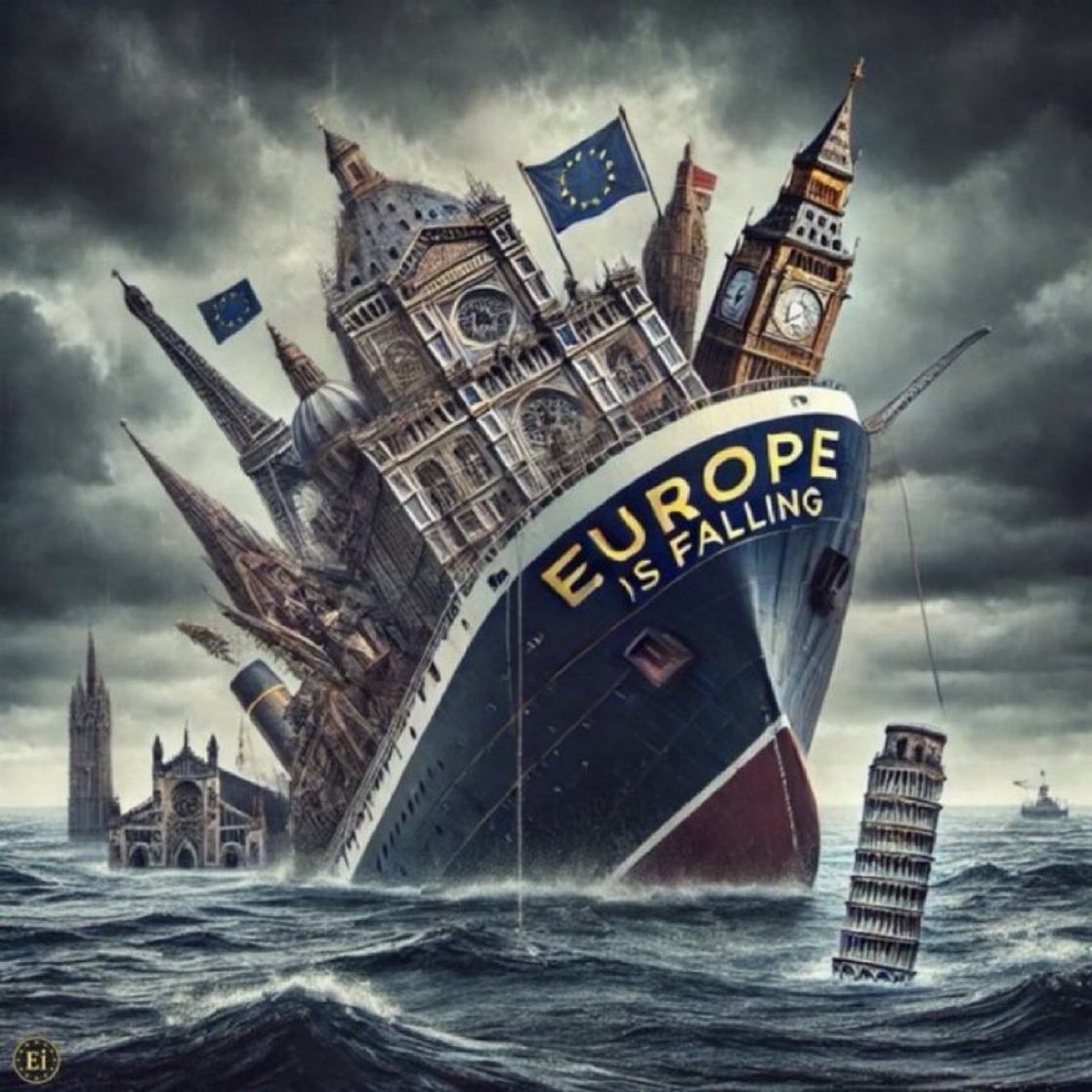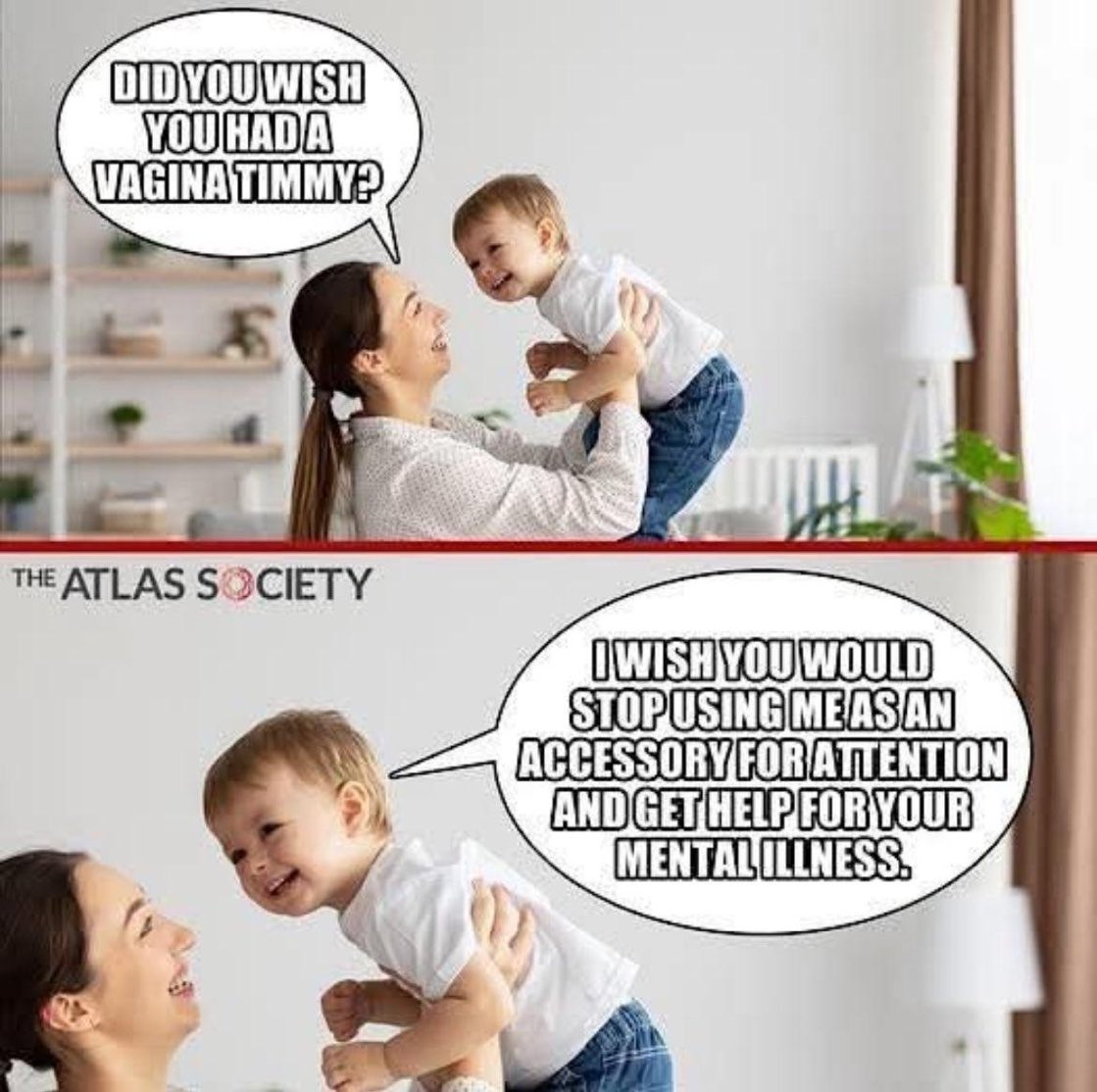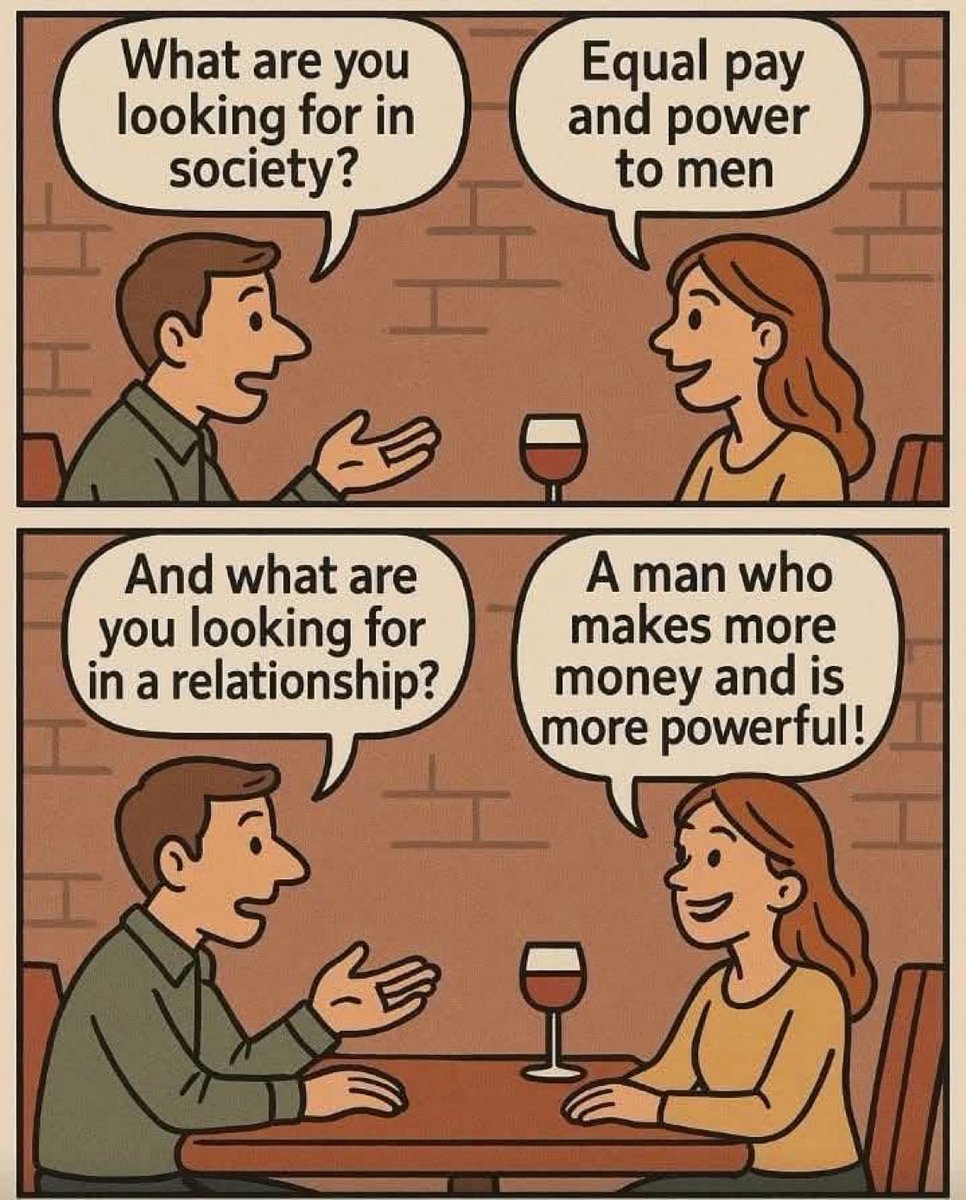Politicians routinely lie, hide facts, evade taxes, help their kin with lucrative contracts. Media is complicit mostly because of the negative repercussions they might have to face.
They falsify / hide records, they blame things on opponents. A 🧵 for your awareness👇
They falsify / hide records, they blame things on opponents. A 🧵 for your awareness👇

Here’s a prev thread 🧵 on the same
https://twitter.com/deepbluecrypto/status/1597495649309954048
If you’re holding the most powerful position on earth, don’t be like this guy. Mr. Biden needs an elderly care home or a hospital more than the Oval Office at the White House.
To carry out the daily tasks, he needs mental & physical fitness. Stop 2024.
To carry out the daily tasks, he needs mental & physical fitness. Stop 2024.
Simple questions:
- why do we have so many pedophiles and womanizers in Washington DC
- why are our tolerance levels so high with these morons in high posts
- why are the media houses and journalists silent on these crimes
- why do we have so many pedophiles and womanizers in Washington DC
- why are our tolerance levels so high with these morons in high posts
- why are the media houses and journalists silent on these crimes

Isn’t it ironic to hear the corrupt standing for fighting the corruption
It’s like FBI investigating their own corruption crimes and finding nothing
It’s like FBI investigating their own corruption crimes and finding nothing
If only it was this easy to change & rewrite the constitution, every president would do it in USA too 

Time would never consider anyone worthy like @elonmusk anyway
Who’d you rather pick for #TIMEPOY
- Vladimir Zelensky
- Sam Bankman Fried
- Hunter Biden 😂

Who’d you rather pick for #TIMEPOY
- Vladimir Zelensky
- Sam Bankman Fried
- Hunter Biden 😂


@RealJamesWoods is suing the DNC and Joe Biden is scared to his core 😂 

#DiversityandInclusion
Your favorite politician lecturing you about equality and diversity. Show them this. It’s all virtue signaling.
Could’ve hired a black assistant 🤷♂️
Your favorite politician lecturing you about equality and diversity. Show them this. It’s all virtue signaling.
Could’ve hired a black assistant 🤷♂️

Trade of the century #BritneyGriner 

#BritneyGriner traded for an arms dealer 

As long as you have elite pedophiles, adulterers and incestuous people in the Washington DC swamp… they don’t have any moral high ground to virtue signal anyone else. 

Tulsi Gabbard: One of the main reasons I left the Dem Party is because of their obsession with race, sexuality & other externals instead of merit. America is the greatest country in world because it’s a meritocracy, not because of superficials.
Sam Brinton our favorite Biden appointed nuclear energy guy makes a salary of $178,063 per year.
Why does he keep stealing luggages across airports?
IS HE A HABITUAL THIEF, GO TO THERAPY, GET HELP DUDE
Why does he keep stealing luggages across airports?
IS HE A HABITUAL THIEF, GO TO THERAPY, GET HELP DUDE

Now that #TwitterFiles exposed all their corrupt practices, democrats get to enjoy freedom 😂
“And I grew strong
And I learned how to get along
And so you're back
From outer space
I just walked in to find you here with that sad look upon your face”
“And I grew strong
And I learned how to get along
And so you're back
From outer space
I just walked in to find you here with that sad look upon your face”
#SamBrinton our habitual luggage thief 😂 

Politicians: We don’t need dangerous weapons in peoples hands
Also Politicians: We send billions worth of weapons to fund proxy wars
Also Politicians: We release the most dangerous arms dealer in the world so he can supply weapons to criminals
Also Politicians: We send billions worth of weapons to fund proxy wars
Also Politicians: We release the most dangerous arms dealer in the world so he can supply weapons to criminals

• • •
Missing some Tweet in this thread? You can try to
force a refresh

















